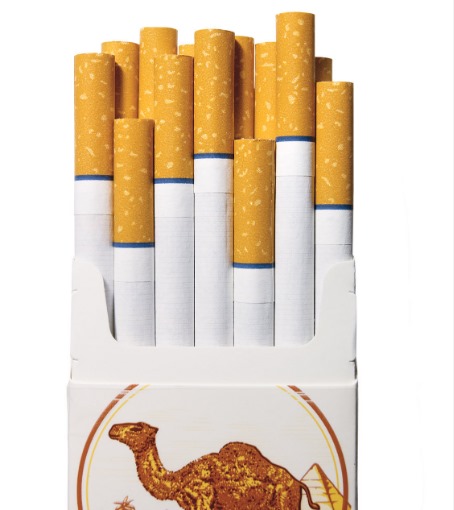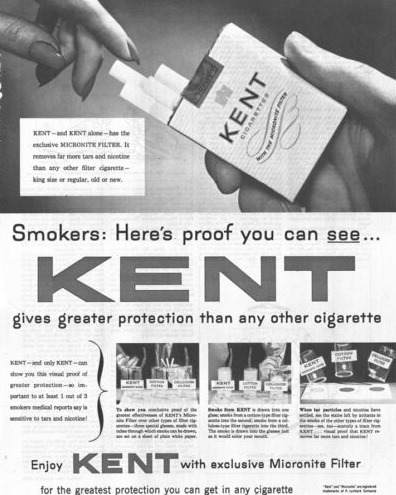Cigarette filters have come a long way since their crude beginnings in the 1860s as simple mouthpiece screens. The modern filter story really begins in 1925 when Hungarian inventor Boris Aivarz patented a crepe paper and cellulose design that could be mass-produced.

The Filter Revolution
Filters didn't gain real traction until the 1950s when health concerns pushed tobacco companies to innovate. Winston launched the first successful filtered cigarette in 1954, with Salem following two years later. These early filters used cellulose acetate - the same material still common today.
The 1960s saw wild experimentation as companies scrambled to address health concerns. Brown & Williamson's 1969 "Kentucky Kings" featured an all-tobacco filter that promised "natural filtration." More alarmingly, Kent's Micronite filters actually contained asbestos for several years before being discontinued.

How Filters Really Work
Modern filters primarily serve three purposes:
- Catch loose tobacco particles
- Cool the smoke slightly
- Reduce some tar and nicotine (though less than advertised)
That "light cigarette" marketing from the 70s and 80s? Mostly smoke and mirrors. Those tiny perforations in filters only work when tested by machines - human lips naturally cover them during actual smoking.

Filter Materials Timeline
- 1860s: Basic cloth or paper mouthpieces
- 1925: Crepe paper/cellulose (Aivarz patent)
- 1950s: Cellulose acetate becomes standard
- 1960s: Asbestos (briefly in Kent Micronite)
- 1970s: "Light" cigarettes with perforated filters
Today's filters may look simple, but they're the result of nearly a century of tobacco industry tinkering - often with more focus on marketing than actual health benefits.
